Description
Comprehensive PubChem-Based Research Overview
Molecular Identity & Structure
SLU-PP-332 is listed on PubChem (CID 5338394) as C₁₈H₁₄N₂O₂ (approximate formula mass ~290.3 g/mol). Synonyms on the record include 4-hydroxy-N′-(naphthalen-2-ylmethylene)benzohydrazide and (E)-4-hydroxy-N′-(naphthalen-2-ylmethylene)benzohydrazide; registry identifiers include CAS 303760-60-3 and CHEMBL4208749. These structural and identifier fields support unambiguous cataloging, QC verification, and analytical method setup in research settings [1].
Nuclear Receptor Biology (ERR-Focused Research)
PubChem aggregates depositor and literature-linked annotations that associate SLU-PP-332 with estrogen-related receptor (ERR) research. Investigators use this context to design ligand-receptor studies, reporter assays, and co-regulator interaction screens focused on transcriptional control of cellular energy programs. The PubChem entry provides the structural basis and identifiers needed for assay registration and cross-database mapping [1].
Mitochondrial & Cellular Bioenergetics
Because ERR signaling intersects with mitochondrial gene programs, SLU-PP-332 is commonly positioned (per PubChem’s aggregated context) for in vitro experiments that monitor oxygen consumption, enzyme activities, and expression of oxidative-metabolism markers under controlled conditions. PubChem’s canonical structure and synonyms help ensure reagent traceability across these bench workflows [1].
Chemical Biology & Assay Development
The PubChem record’s standardized identifiers (CID, CAS, synonyms) facilitate screening library inclusion, hit confirmation, and orthogonal assay development. Researchers can leverage the entry to align compound tracking across LIMS/ELN systems, procure matched analytical standards, and reference depositor links for compound provenance, while keeping experiments restricted to non-clinical research use [1].
Physicochemical & Data Traceability Notes
Formula, connectivity, and naming on PubChem support spectral verification (e.g., NMR/MS matching) and purity documentation before mechanistic testing. The consolidated metadata enables reproducible reporting (e.g., citing CID 5338394 in methods), minimizing ambiguity when sharing materials across labs or replicating ERR-pathway studies entirely within preclinical research boundaries [1].

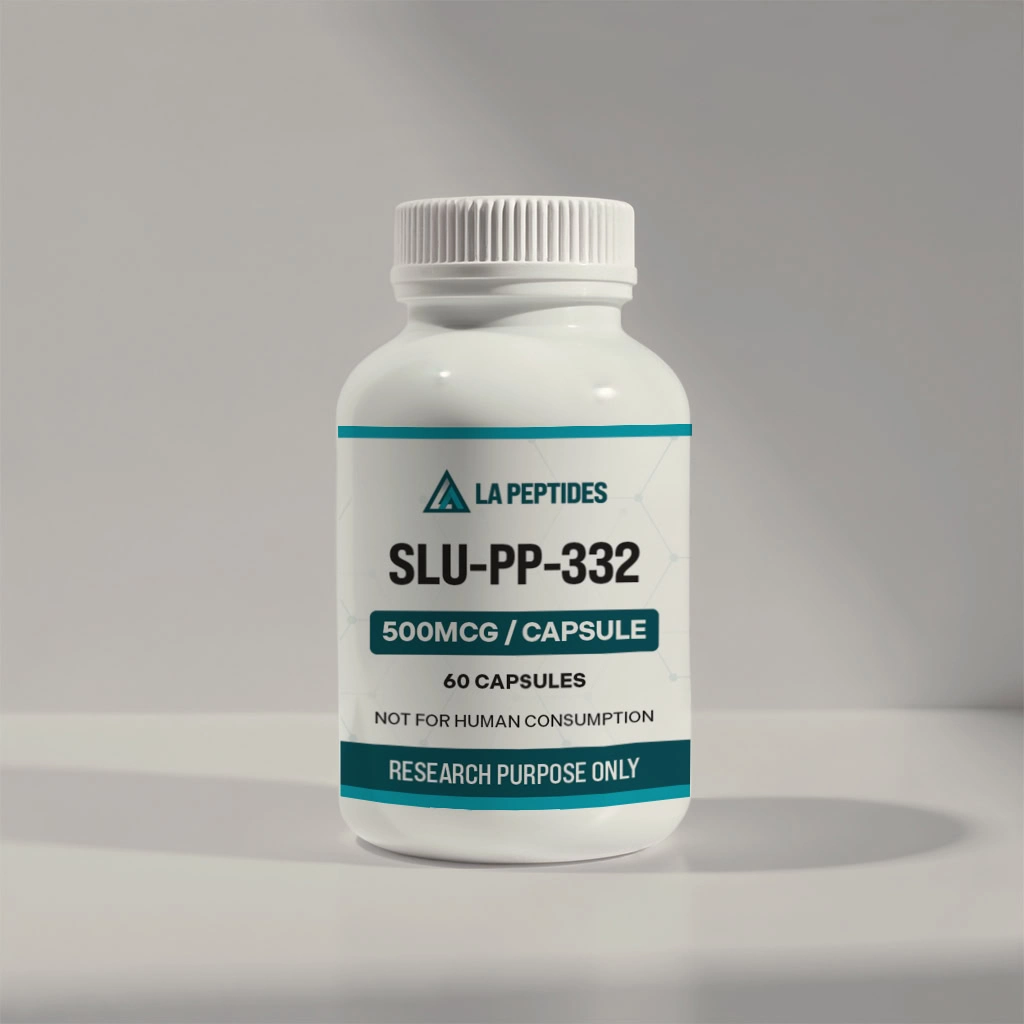
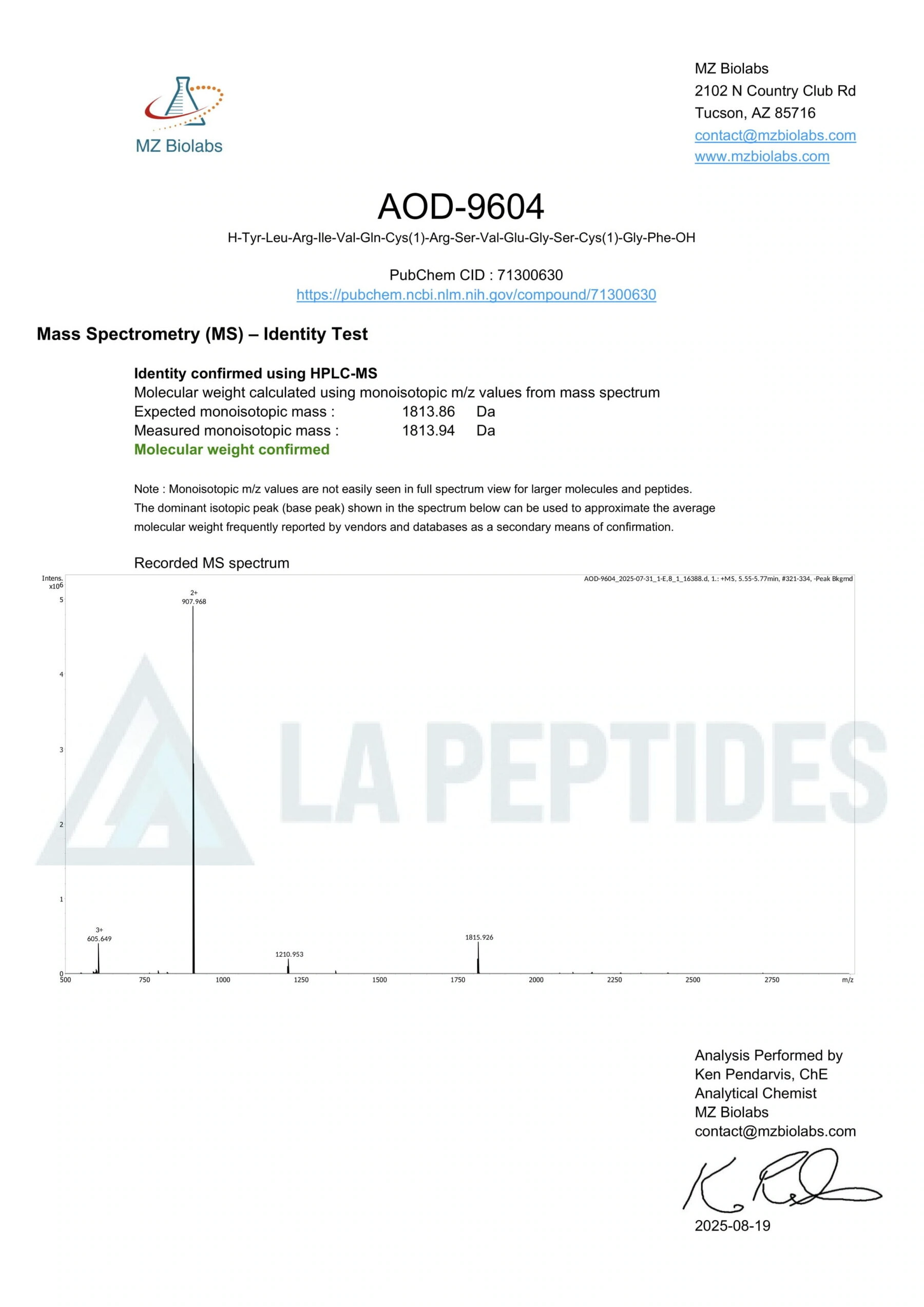
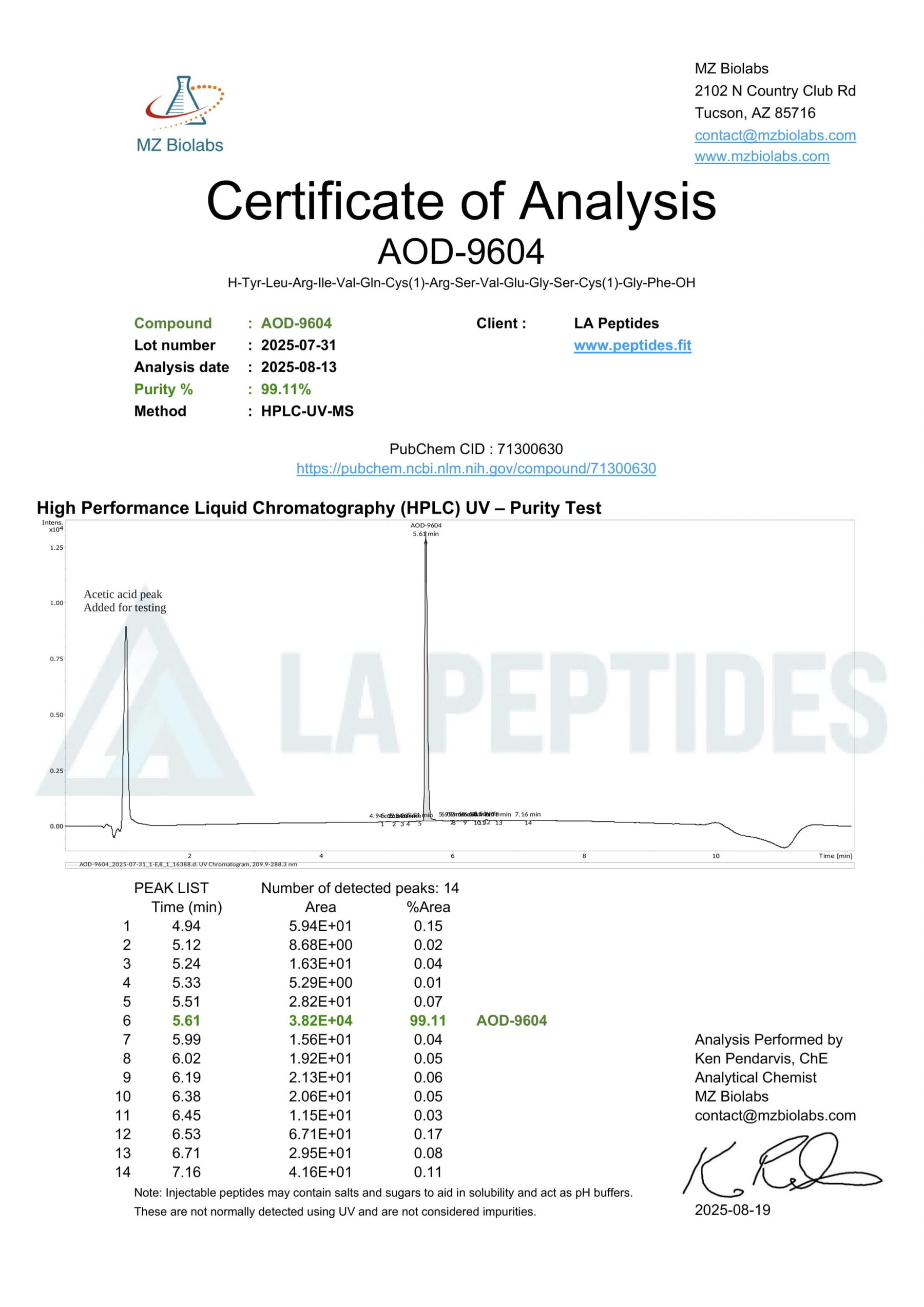





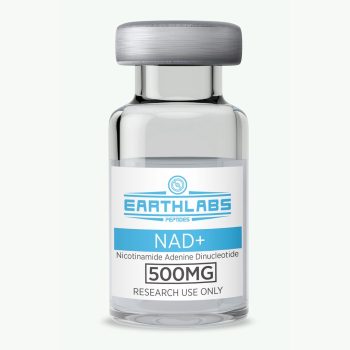





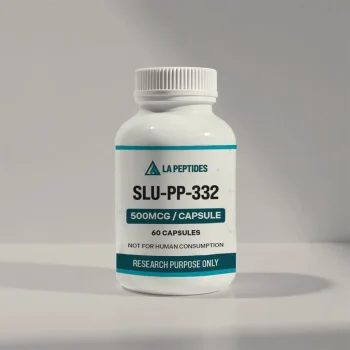
There are no reviews yet.